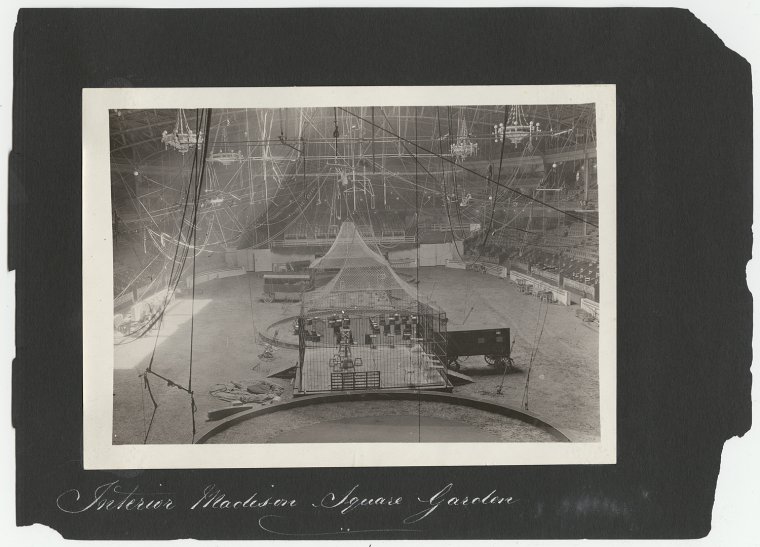Endurance Racing: First Leg, the Bunion Derby
Vacationers traveling in the United States usually do so by car, plane or train, but in 1928 (and again in 1929), approximately 200 runners signed on for the challenge of crossing the country coast-to-coast on foot. These were the runners in the Transcontinental Footrace, jokingly called the “Bunion Derby” by the newspapers. The race was used to advertise everything from foot products to the new Route-66 highway to Madison Square Garden, and was managed by a sports promoter of questionable character named C.C. Pyle, whose legal troubles added an additional bit of entertainment for the reader or radio listener following the race.
Competitors came from as far away as England, Italy, Finland and South Africa. The men ran for fame, to earn money to start their own farms or businesses, and to impress their sweethearts. While it’s pretty amazing that 55 runners managed this feat in 1928, that means over 70% of the competitors dropped out! The men who quit did so because of exhaustion, heatstroke, blisters, injuries to knees and feet, plain ol’ loss of motivation, and in a few cases, after having been hit by a car on the open roadway.
The race itself was rather poorly organized by sports agent C.C. Pyle—referred to jokingly in the papers as “Cash and Carry” (pdf) or “Cold Cash” Pyle (pdf). He had intended to make a mint off of the race, charging towns along the route for the honor of featuring it on their roads, and hosting the traveling carnival that accompanied the runners each night. The caliber of the carnival can be summed up by two images: two-headed chickens and the taxidermied remains of a bank robber.
Unfortunately for Pyle, many of the towns in question balked at paying, the runners curiously demanded decent meals and sleeping conditions, and Pyle became entangled with the law in several of the states they crossed. Authorities in Illinois even appear to have lain in wait for the race, attempting to recoup around $20,000 in defaulted personal loans Pyle owed one bank in their state (pdf).
All of these financial and legal troubles meant that Pyle did not have the promised $48,500 in prize money to pay the winners in New York, hence the extra 20 miles tacked on at the end: the owner of Madison Square Garden, Tex Rickard, put forward cash in exchange for the “free” advertising.
- C.C. Pyle's amazing foot race : the true story of the 1928 coast-to-coast run across America
- Cash and carry : the spectacular rise and hard fall of C.C. Pyle, America's first sports agent
- Bunion derby : the 1928 footrace across America
Read E-Books with SimplyE
 With your library card, it's easier than ever to choose from more than 300,000 e-books on SimplyE, The New York Public Library's free e-reader app. Gain access to digital resources for all ages, including e-books, audiobooks, databases, and more.
With your library card, it's easier than ever to choose from more than 300,000 e-books on SimplyE, The New York Public Library's free e-reader app. Gain access to digital resources for all ages, including e-books, audiobooks, databases, and more.
If you don’t have an NYPL library card, New York State residents can apply for a digital card online or through SimplyE (available on the App Store or Google Play).
Need more help? Read our guide to using SimplyE.



Comments
This is awesome! I love the
Submitted by (not verified) on April 2, 2010 - 5:50pm
Carnivale
Submitted by Laura Ruttum on April 7, 2010 - 10:51am
2028 re-enactment?
Submitted by (not verified) on April 9, 2010 - 2:50pm
2028 Re--enactment
Submitted by Laura Ruttum on April 9, 2010 - 6:02pm
An additional resource on the Bunion Derby
Submitted by Laura Ruttum on April 29, 2010 - 2:27pm
1929 C.C. Pyle race
Submitted by Judy Eskins (not verified) on February 24, 2011 - 2:30pm
1929 C.C. Pyle Race
Submitted by Laura (not verified) on July 5, 2011 - 11:01am
Retracing a few miles of the 1928 Footrace
Submitted by natraneil (not verified) on April 3, 2012 - 10:31am
C.C. Pyle
Submitted by Steve Owens (not verified) on April 16, 2020 - 10:10pm
My father, Harry Abrams née
Submitted by Dale Adams (not verified) on January 30, 2022 - 11:21pm